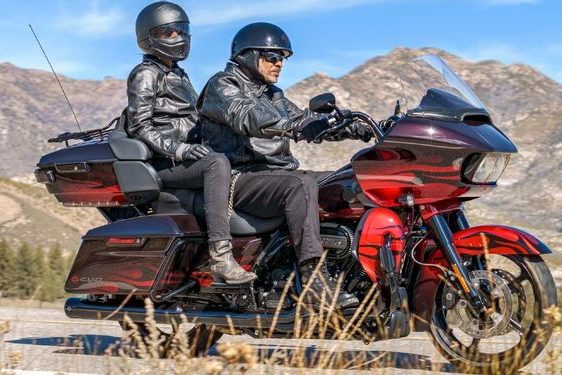Transporting a motorcycle across long distances can be a daunting task, especially when it involves a cross-country journey to California. However, with careful planning and the right approach, you can ensure a smooth and safe transportation experience for your beloved bike. In this article, we will guide you through the process of long-distance towing, specifically focusing on transporting your motorcycle to California.
Research and Choose a Reliable Towing Service:
The first step is to research and select a reputable towing service that specializes in long-distance motorcycle transportation. Look for companies that have a track record of handling motorcycle shipments and positive customer reviews. Ensure that the company offers long distance towing services to California and has proper insurance coverage to protect your motorcycle during transit.
Obtain Necessary Documentation:
Before transporting your motorcycle, it’s important to gather all the necessary documentation. Ensure that you have a valid driver’s license, motorcycle registration, and insurance paperwork readily available. Additionally, check if there are any specific permits or documents required for transporting a motorcycle across state lines, and obtain them beforehand.
Prepare Your Motorcycle for Transportation:
Preparing your motorcycle for long-distance towing is crucial to ensure its safety during transit. Start by thoroughly cleaning the bike and documenting its current condition. Take detailed photographs from different angles to serve as evidence in case of any damage during transportation. Remove any loose items, detachable accessories, or personal belongings from the motorcycle. It’s also advisable to have the motorcycle serviced beforehand to ensure it’s in optimal condition for the journey.
Choose the Right Towing Method:
There are several towing methods available for transporting motorcycles, such as open trailers, enclosed trailers, and flatbed trucks. Each method has its own pros and cons, so it’s important to choose the one that best suits your needs. Enclosed trailers provide additional protection from the elements and potential road debris, but they tend to be more expensive. Open trailers and flatbed trucks are more cost-effective options, but they offer less protection against external factors.
Secure the Motorcycle Properly:
Regardless of the towing method you choose, it’s crucial to securely fasten your motorcycle to prevent any shifting or damage during transit. Use high-quality straps and tie-downs to secure the bike to the trailer or truck bed. Follow the manufacturer’s instructions for proper attachment points and tension. Make sure the motorcycle is stable and immobile before commencing the journey.
Plan the Route and Timing:
When transporting your motorcycle to California, planning the route and timing is essential. Consider the weather conditions and traffic patterns along the intended route. Aim for a time frame that minimizes the risk of extreme weather conditions or heavy traffic. Additionally, plan for rest stops and breaks to ensure the driver remains fresh and alert throughout the journey.
Insurance Coverage:
Verify that your motorcycle insurance covers any potential damage during transportation. If not, consider purchasing additional coverage specifically for the transportation period. Consult with your insurance provider to understand the extent of coverage and any necessary steps you need to take to protect your motorcycle during transit.
Stay Informed and Communicate:
Throughout the transportation process, stay in touch with the towing service and keep yourself informed about the progress. Maintain open lines of communication to address any concerns or inquiries promptly. A reliable towing service should provide regular updates on the status of your motorcycle and promptly notify you of any unexpected delays or issues.
Conclusion:
transporting your motorcycle to California requires careful planning and attention to detail. Research and select a reliable towing service, gather the necessary documentation, prepare your motorcycle, choose the right towing method, secure the bike properly, plan the route and timing, ensure proper insurance coverage, and maintain open communication. By following these steps, you can have peace of mind knowing that your motorcycle will safely reach its destination in California, even during a long-distance towing journey.




